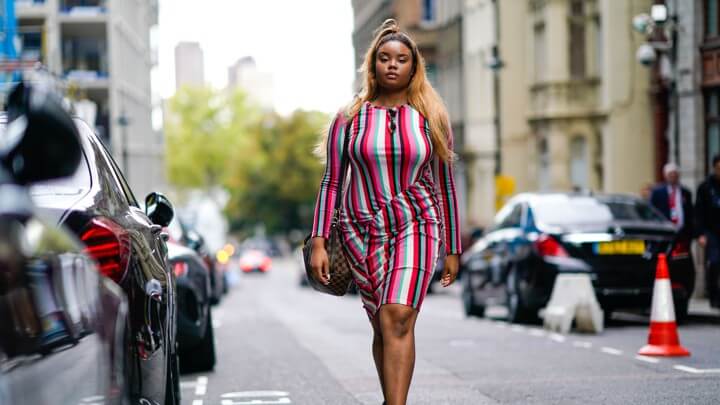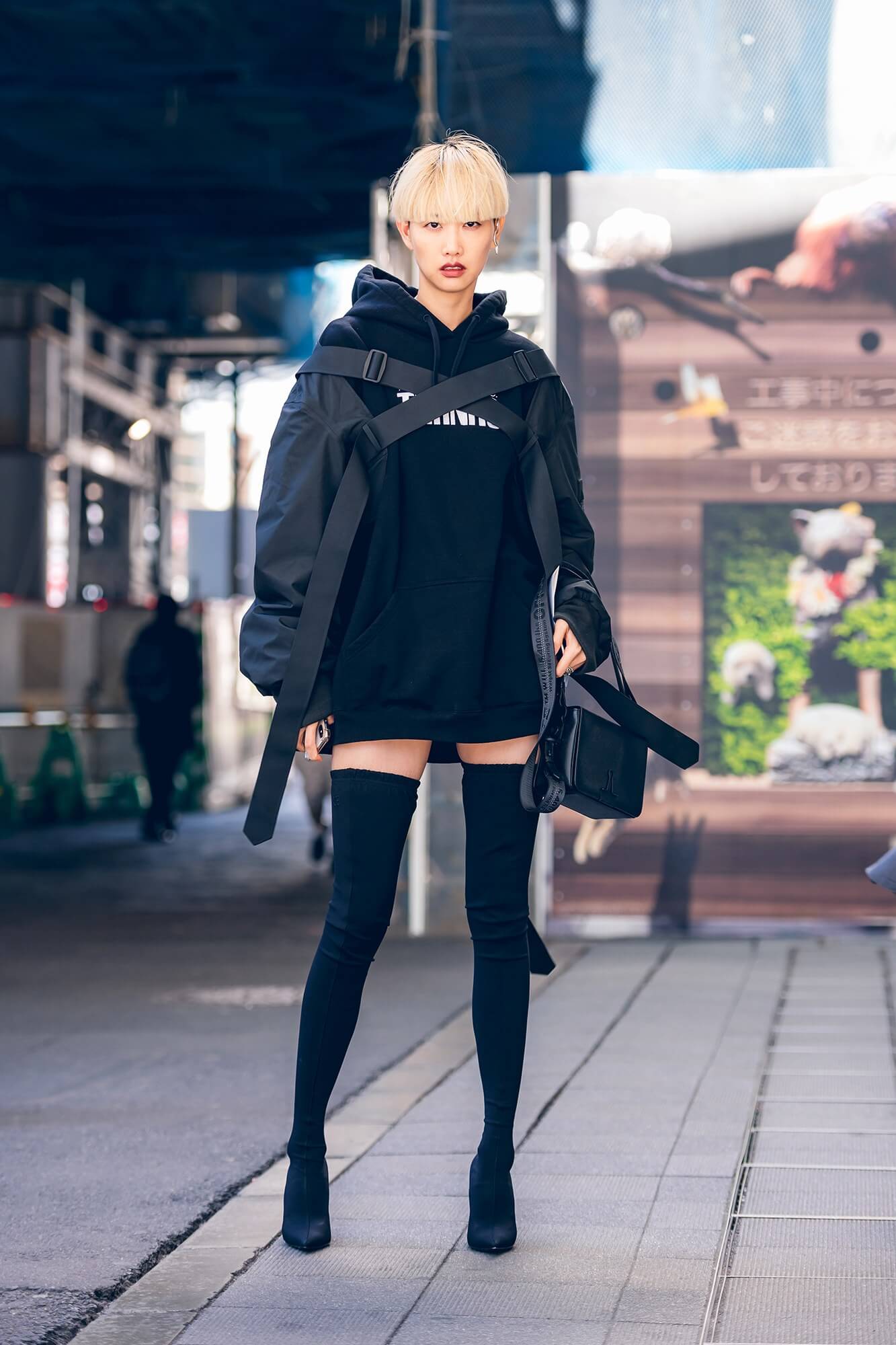In March, apparel apartment service Rent the Runway launched a home class through which clients can borrow pillows, throws, and textiles from West Elm. Some months later, in June, the resale app Poshmark delivered its very own HomeGoods phase. Meanwhile, excessive-end designers like Jason Wu, Rachel Zoe, and Christopher Kane are launching domestic lines or collaborating on pill collections with established domestic manufacturers. Fashion is notoriously mercurial: A few seasons ago, you couldn’t stroll down the road without seeing at least five off-the-shoulder tops. Now, we’re all trying to offload them from our closets (it turns out they’re very constricting!). But nowadays, it seems like the trend with the maximum lasting electricity isn’t a pinnacle or bag but a properly-appointed domestic.
“I think, you realize, the sector has too many clothes,” posits fashion dressmaker Nicole Miller, an early pioneer inside the home space who’s expanding into cookware this 12 months. “There’s an entire shift. People are playing at their homes and enjoying interesting homes. Everybody’s into lifestyle and vacations; reviews, to them, are more essential than garb.”

This observation may be a wonder if you’re a hardcore style obsessive. Likewise, if you’re someone who has recently seen the internals of an elderly relative’s house, you could argue there are a long way too many HomeGoods on this planet, too. But Miller has a point. Millennials and Gen Z have long been said to decide on item reviews. And while a sofa, blanket, or oven mitt is technically an element, it’s a thing that lives among us rather than on us or in a closet. It serves a clear cause in our day-by-day lives; it facilitates collective reviews in a way that a dress doesn’t.
Legacy manufacturers like Nicole Miller, Calvin Klein, and Ralph Lauren had been spilling over into the way of life region for a while. But these days’ crossovers encompass smaller manufacturers in addition to businesses like Poshmark, which, as an app constructed for selling lightly used clothes and accessories, has a completely distinctive approach to retail. “We have visible style designers, and types go into the home space for some time, but now it is in even extra interesting ways and across new product categories,” says Taryn Tavella, accomplice editor of lifestyle and interiors at fashion forecasting company WGSN.
“I assume it has lots to do with toughness of investment,” explains Caitlin Shockley, founding the father of The Creative, a style PR business enterprise. “Today, style developments change at lightning speed, and investing in fashion pieces can be regarded as less valuable than before, while you’re likely to stay with an excessively designed home item for a lot longer. The perceived value is bigger for lifestyle products.”
Indeed, in 2018, observation with the aid of the University of Minnesota and Texas A&M University discovered that human beings sense the truth about spending cash on highly-priced objects as long as they feel they’re doing so for the proper motives. Splurging on dressmaker shoes, for instance, can feel selfish — it’s something you likely don’t want, and that is quite a great deal you will get to enjoy. Shopping for home items feels extra responsible and more communal. Whether it’s affordable or no longer, there’s an awesome threat: humans sense more about shopping for domestic items than they do garments.
Consumer alternatives aside, for a few designers, there seems to be a preference to use their vision in as many areas as feasible. “Design is a language, and I experience the mission of finding practical programs of an idea and using it across disciplines. When human beings consider Jason Wu, both my fashion and home layout have a similar benchmark — it’s modern-day, beautifully crafted and nicely taken into consideration with every detail,” says Wu, whose sofa series with Interior Define dropped this June. He also says he’s curious about increasing further within the home zone. “I am stimulated by the concept of designing a whole lifestyle.”







